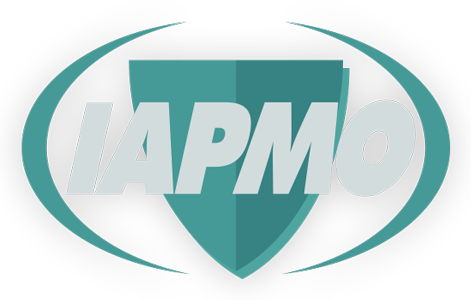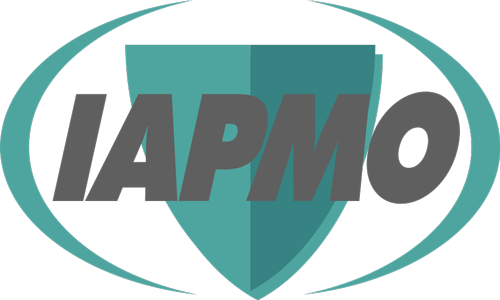Water Reuse, Recycled Water, and Reclaimed Water: Some Definitions
Water reuse, recycled water, and reclaimed water are terms that basically mean the same thing. They all refer to the act of reclaiming water from various sources and then treating and reusing it for beneficial purposes.
Those water sources include but are not limited to domestic wastewater, stormwater, and rainwater. Uses for reclaimed water include agricultural and landscape irrigation and industrial needs. Recycled water can be used for flushing toilets, artificial lakes, and golf courses, among other uses.
Treatment may be necessary to protect public health. The US Environmental Protection Agency refers to “fit-for-purpose specifications” for determining how much and what kind of treatment is needed based on the water source and intended water reuse.
A good rule of thumb is that the more human exposure to the water, the more treatment is needed for that recycled water to be usable while protecting public health and safety.
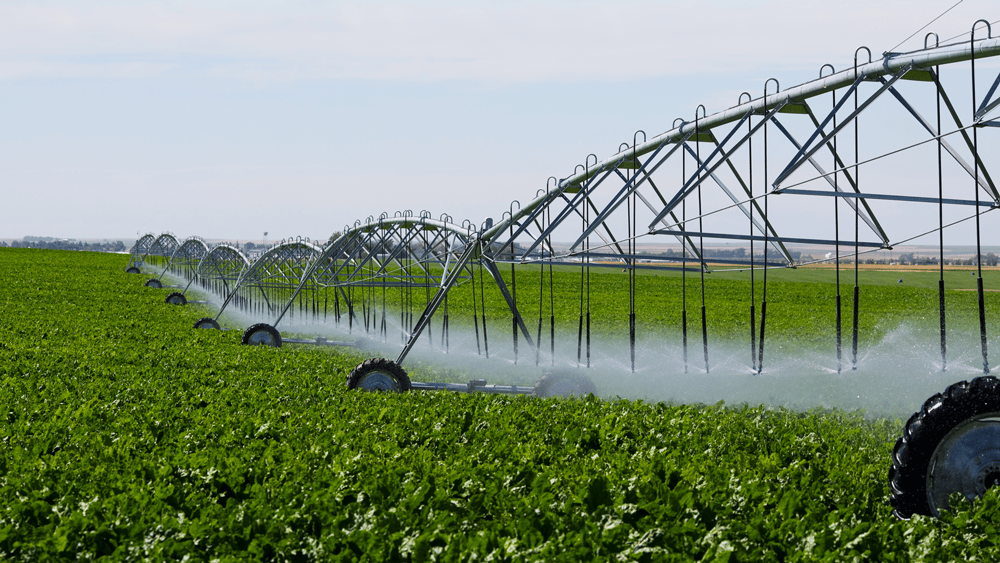
How Does Water Reuse Work?
Water reuse is part of nature. The water cycle IS water reuse. It is largely believed that much of the water on earth has been here since the earth was formed, reused again and again. The earth is the ultimate filtration device, using evaporation or the soil to filter out waste. The Earth’s water cycle demonstrates the potential human innovation.
So there are easy things anyone can do to recycle water. A simple example is using a bucket to capture shower water while waiting for it to get hot and then using that water to wash the car.
Water reuse technologies include oil and water separators, filtration systems, detergent removal systems, and sanitation units. By removing contaminants, treated wastewater can re-enter the local water supply, conserving water use.
This is why interest in water reuse is so high, with drought emergencies driving many communities to create a water reuse action plan.
Grey Water vs. Black Water in Water Reuse: What is the Difference?
Grey water and black water are key concepts in water reuse. Grey water is water left over from typical household use, such as showering and washing clothes. Black water is wastewater from toilets and washing dishes.
According to a New Mexico State University paper, grey water can be safely reused without additional treatment for agricultural and landscape irrigation in use cases where it can be added directly to the soil. It should not be used directly on plants, nor should it be used untreated where there is runoff potential.
The paper advises against storing grey water for more than a day to prevent bacterial growth but suggests that adding two tablespoons of chlorine bleach per gallon of water can slightly extend safe storage time.
Black water obviously requires substantial treatment to protect public health and safety. Black water recycling is not something individuals should attempt.
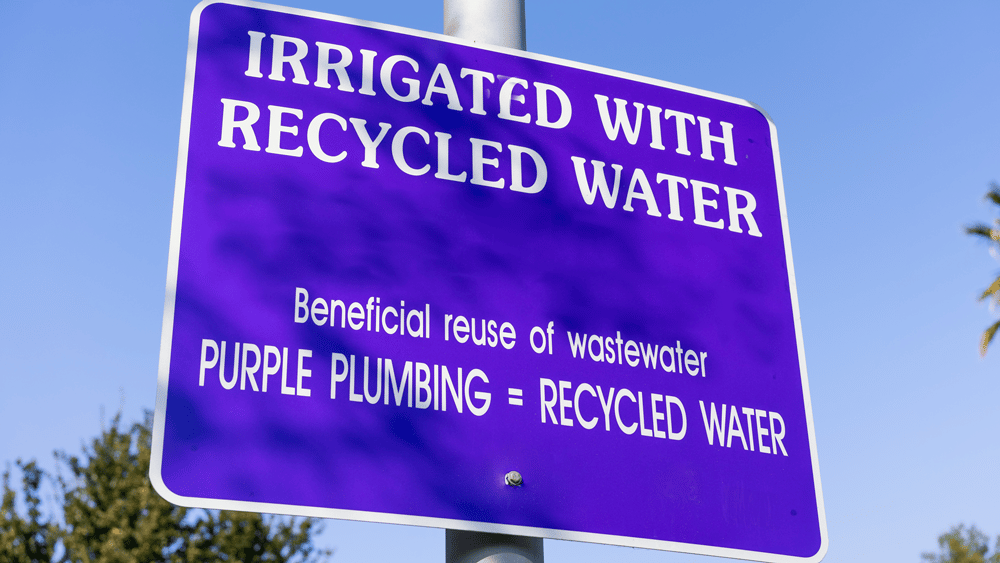
How Do I Know If I Have Reclaimed Water?
In addition to saving water, treated wastewater reuse saves money for communities. According to the federal Office of Energy Efficiency and Renewable Energy (EERE), treated wastewater reuse can reduce water supply costs by augmenting the potable water supply.
Do communities in your area use reclaimed water? Use this map from EERE to find out if your community uses reclaimed water.
How Can Communities Promote Water Reuse?
Water reuse is generally more cost-effective than building a new reservoir or receiving water resources from other sources. With climate change increasing water stress all across the US, the development of water reuse solutions can help communities build resiliency and manage costs.
Gaining public acceptance for water reuse can start with considering those “beneficial purposes” the EPA references. What are issues related to local water supply needs? Which industrial processes exist nearby? Is agricultural irrigation a priority? What about golf courses? How functional is the current infrastructure, and what does future development look like?
Did you know the 2021 federal infrastructure bill is the single largest investment in water that the federal government has ever made? The $50 billion includes provisions to advance water reuse and wastewater treatment. The funds will expire in five years, so develop an action plan quickly.
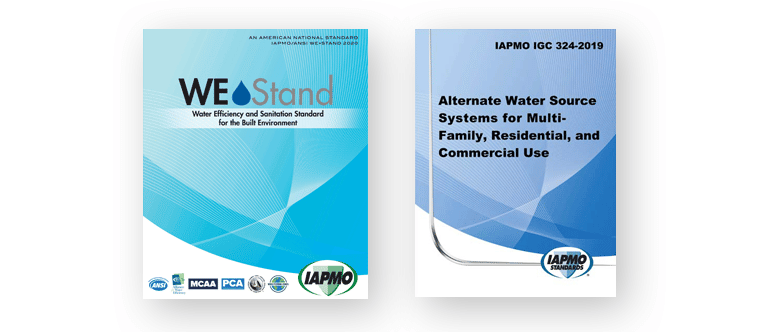
Communities can also advance water reuse initiatives through effective prescriptive building codes and standards that are informed by science and proven effective in the field.
The Water Efficiency and Sanitation Standard (WE•Stand) and IAPMO IGC 324 (Alternate Water Source Systems for Multi-Family, Residential, and Commercial Use) from IAPMO are helpful resources for municipalities facing water scarcity and water stress. The WE•Stand is the first standard to focus solely on achieving safe and efficient water use in both residential and non-residential buildings and can be adopted in addition to existing building codes.
Developed by an expert technical committee of 29 industry leaders — experienced and knowledgeable professionals — We•Stand provides prescriptive relevant information for water reuse, including rainwater harvesting, grey water recycling, and black water reuse.
WE•Stand is the only water efficiency standard that is published as an American National Standard by the American National Standards Institute (ANSI), providing third-party oversight to assure that We•Stand is developed through a consensus process that is not dominated by narrow business interests.
IAPMO IGC 324 covers alternate water source systems for single-family dwellings intended to process water from alternate water sources such as greywater and rainwater using log reduction targets.
Water Reuse Resources: Learn More
The US Environmental Protection Agency has a comprehensive guide to water reuse topics and resources.
New Mexico State University has a paper dedicated to safe grey water reuse.
IAPMO provides a drought resource guide to help regions facing water scarcity that includes model ordinance language to facilitate the adoption of water reuse technologies.
